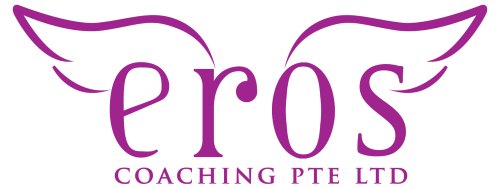|
Life Coaching Living Life Fully |
|
||||||||||||
About GROW ModelGROW is an acronym standing for Goal - Reality - Options – Way Forward. The model is one of the most common coaching tools, which is not only simple yet provides a powerful framework for structuring a coaching session for meaningful results.
The GROW model is easy to apply in practice and it ensures that you cover all of the important bases in coaching conversations. It is flexible, easy to follow and can structure either a short or longer coaching interaction.
When you want to go on journey, you need a map to navigate your way. By first deciding where you want to go (Goal), where you are at (Reality), you are in a better position to explore the various ways (Options) of making the journey – bus, boat, car etc. Lastly, in establishing the Way Forward, you make you start taking steps in making the journey and get prepared for the conditions and obstacles you may meet on the way.
Examples of questions asked at each stage and why:
Rationale for Effectiveness Goals – People with clear, written goals are far more likely to achieve them than those who don’t have them. Goals give specific focus to the coaching and align the coachee’s mind with what, specifically, they want to achieve. Reality – Reality is also for 'Present state'. This is the time for the coach is to ask clarifying questions. The purpose is not to judge or fix, but focusing on where clients see themselves. The purpose is to become clear of the starting point. Options – A coach assists the other person in coming up with alternatives – different possible courses of action that can move them forward towards their goal. Increasing choice is a key principle in coaching and often evolves from a creative environment which a skilled coach can facilitate. Way Forward – The ‘call to action’ is about both making a decision and committing to action. Decisions can be easy to make, but action needs to be taken. The construction of a clear plan of action needs to include specific dates and measures. Once you have this you need to probe for possible barriers – what could prevent these actions being taken and what is the other person going to do to overcome those barriers? Ask for your FREE non-obligationary 15-minute Life Coaching Call today! Click here.
| ||||||||||||
|
Copyright 2012. All Rights Reserved.

